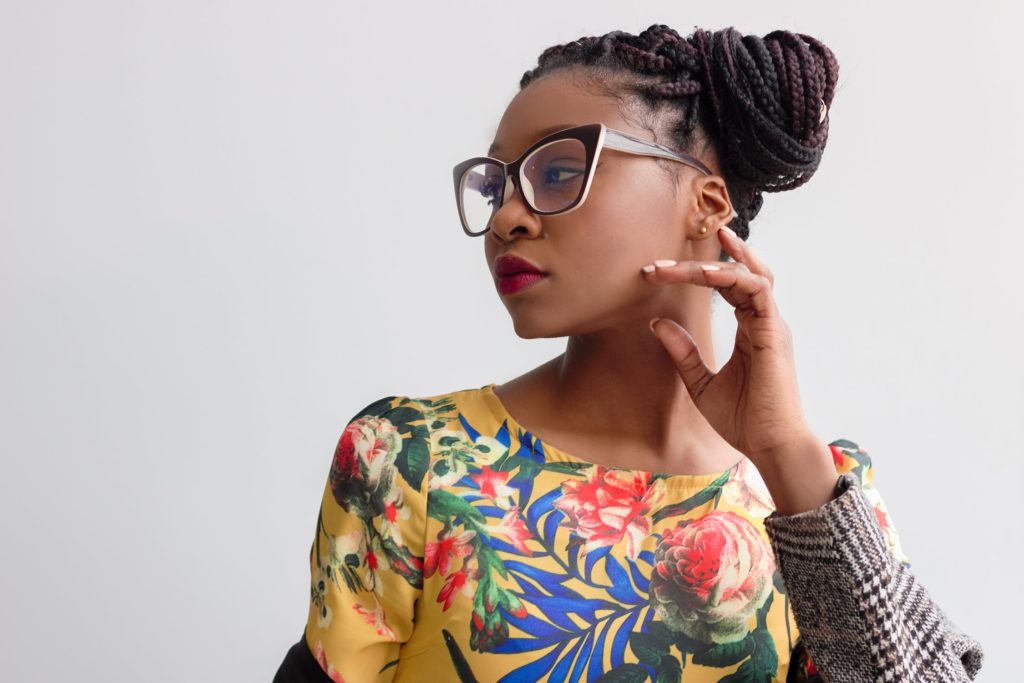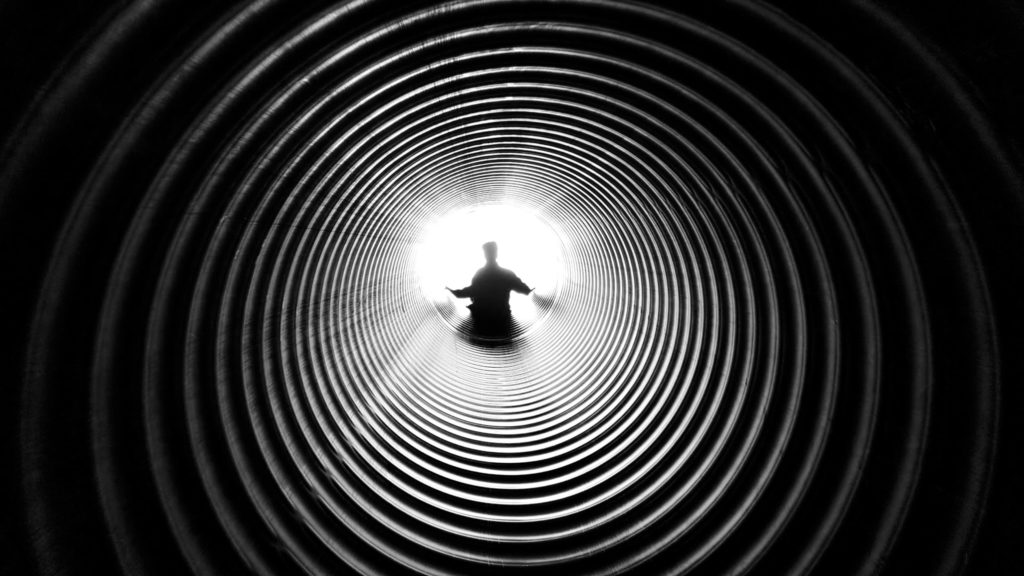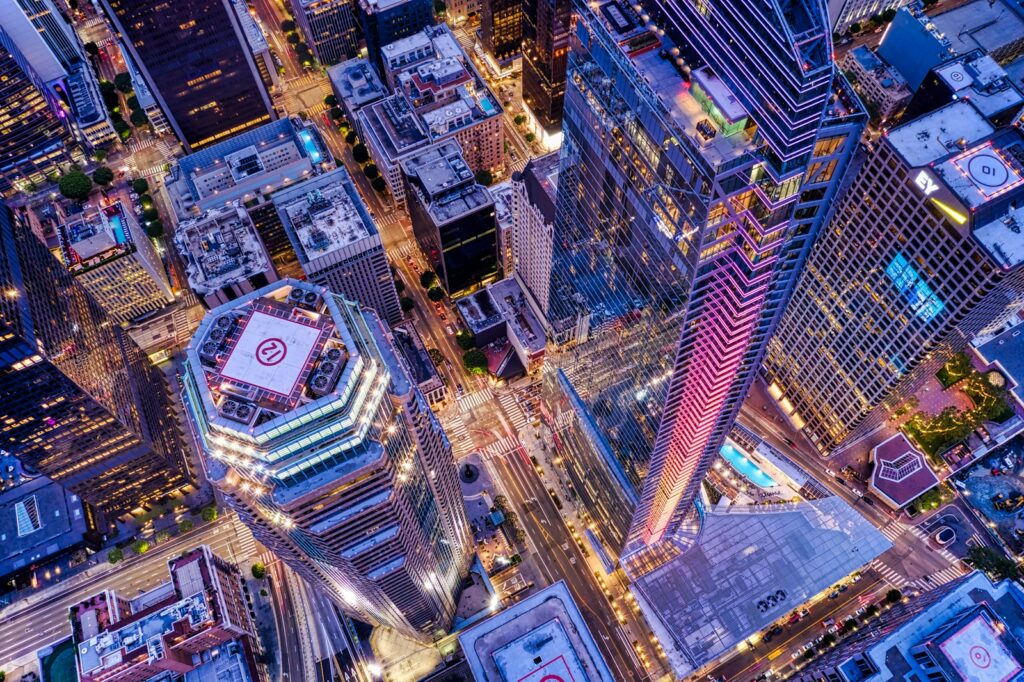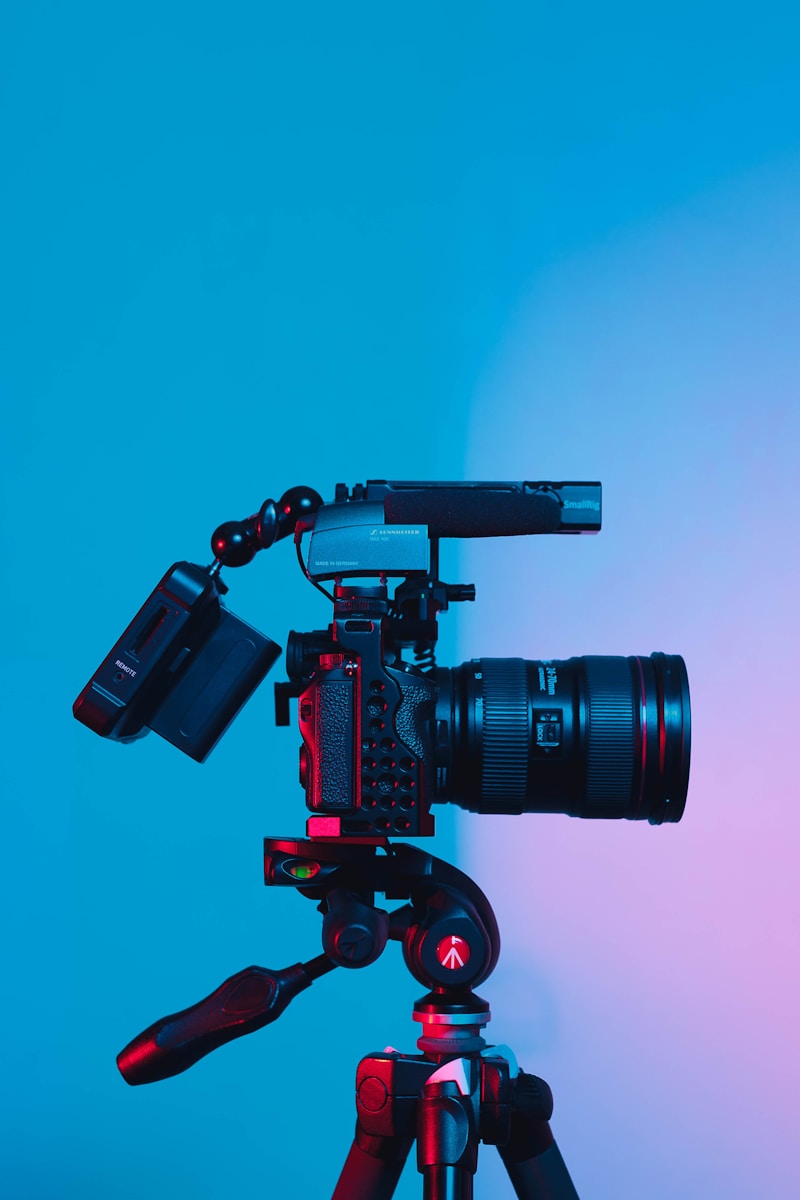“Create your own visual style…let it be unique for yourself and yet identifiable for others.” — Orson Welles.
While the visual style Welles was referring to was probably in the context of his work as a motion picture director, his words bear just as much relevance for photographers. Sooner or later we all will need to make a substantial proclamation of what we are all about as photographers. Naturally, most of us embark upon this journey through photography shooting anything and everything that catches the eye; we haven’t yet mastered any specific technique, neither have we pinned down a specific area of focus.
As novices we are also generalists. Of course, there is nothing wrong with having a wide range of interests and shooting diverse subjects; this could surely be considered a strength. But it is also important to be able to determine, in very specific terms, what kind of photographer you are — or, at least, aspire to be. How do you create a body of work that honestly reflects the way you see the world around you?
1. Self-analyze. This may seem obvious or overly simplistic, but I fear that a significant number of photographers might not spend enough time in introspection. You have to know what you like and even what you don’t like. What motivates and moves you? What are you inspired by? Why do you do photography in the first place? These are questions that may not have easy answers, but they are questions from which you can extract invaluable insights if you spend some time contemplating them.
2. Choose a subject. But don’t pick just any subject, choose something you are passionate about. Now you can see why the previous step is so vital in this process: it’s extremely difficult — if not impossible — to be passionate about photographing something you have no interest in. Henri Cartier-Bresson once lamented, “People don’t watch enough. They think. It’s not the same thing.” The key is to use your eyes; just see, explore, observe. Don’t over think things. Once you know what you really want to be shooting, devote the bulk of your time and energy to capturing that in such a manner that reveals how you feel about your subject; allow your passion to shine through.

3. Learn from the masters. You don’t need to enroll in a formal course or hunt down a famous photographer and beg them to take you on as an apprentice. Learning from the masters is as simple as picking up a book of their work and studying the variety of ways in which they use light and angles, how they frame their subjects, and all the other elements that make a great photo — or, perhaps more important, the elements that make their photos great. Remember, though, that the goal is not to imitate the style of others; you should use photographs you admire as a source of inspiration and encouragement. Recognize the stylistic consistency across a great photographer's work and strive for the same consistency in your own.
4. Experiment. Great achievements quite often come at the end of a long, arduous, often discouraging sequence of trial and error. But the only way you are going to be able to even begin refining your style is by trying new things and deciding what works for you and what doesn’t. Whether it pertains to composition or lighting or post processing techniques, dare to experiment. Once you’ve arrived at something you think you may like, mull it over for a day or two; revisit what you have created, look at it and think about it critically. Ask yourself if what you have before you represents you. Don’t lock yourself into anything yet. We’re talking digital, so you’re free to tweak here and there or start from scratch as many times as you need until you find exactly what you want.

5. Synthesize. Your style is your unique way of seeing things. This involves more than simply choosing a subject, more than just declaring your personal preferences, more than devising a cool post processing recipe. Your personal style as a photographer is not established as a function of a singularity, but is the culmination of many deliberate choices. Equipment, subject, composition; whether you shoot handheld or use a tripod, whether you shoot spontaneously or plan in advance. Even factors that you don't have much control over, such as your background and life experiences, may play a part in determining your personal style. Your aim is to cobble these things together in a synergistic way and fine tune them to perfection. Whatever your version of perfection is.
Defining one's unique photographic style isn't something that's reserved strictly for professionals; any photographer can benefit from going through the paces of learning to infuse your personality into your work and so that it reflects not only your vision but your heart as well.





1 Comment
Hi, Mr. Jason:
Thanks for your 5 key steps to define photographic style. All of them are really relevant. But your style of teaching is amazing.
Vicente Machado